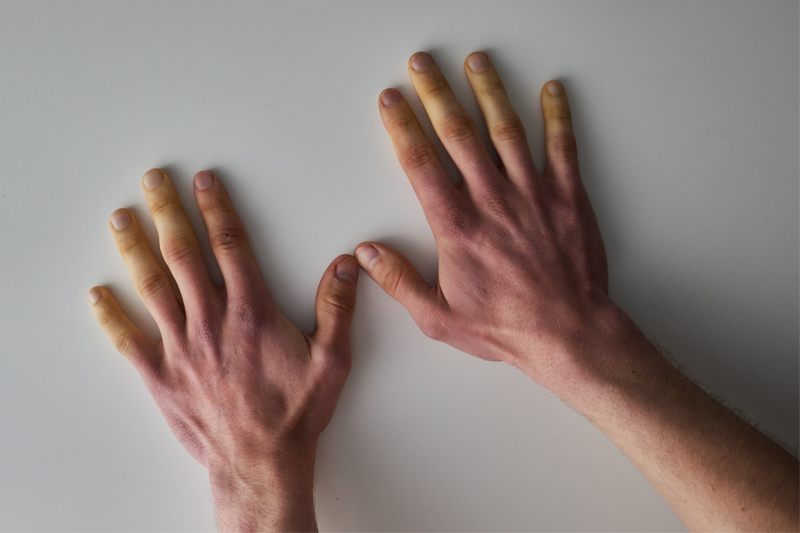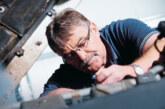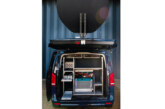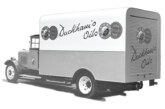Mirka’s tips for protection against HAVS and dust

The workshop should be a safe place to work but even for the most well run, dangers are lurking. Sanding and power tool expert Mirka provides a word of caution.
Tools are used by technicians for thousands of hours a year across multiple applications. To handle this amount of work there has been a significant evolution in the way these products are made. Increased investment by manufacturers in R&D ensures suitable tools are developed so users have access to the right product for the job at hand as well as a tool that protects them against the potential health issues caused by hand arm vibration syndrome (HAVS) and dust particles.
User-focused design
HAVS, which affects the blood vessels, nerves, muscles, and joints of the hand, wrist and arm, is becoming a bigger issue for workers as it is a condition they cannot see or are maybe unaware of that is affecting them until it is too late. The reason for this is basically that each worker may have different tolerances for the amount of vibrations they can handle, or they may not realise there’s a problem until they try a different tool or do not use theirs for a while. This is why tools must have a user-focused design that makes the tools easy to handle.
For dust particles, they may seem very small, but they can cause major health issues for employees and could lead to respiratory problems. To combat this issue, extraction systems come into their own. For some people, they may seem like they take up a lot of space on the workshop floor but, in truth, they don’t and when combined with the right tool, they ensure a dust-free work environment. This is why more and more businesses or single users are investing in systems appropriate for their shops.
Laboratory tests have shown that without dust extraction, dust in the air per kilogram of sanded material is over 200g per kilogram, and dust on surrounding surfaces is almost 800g per kilogram. These may not seem like large quantities but when they accumulate over a long period, they could potentially turn into both a fire and health hazard for the business.
Investment in a suitable mobile extraction system is not a short-term injection of the business’ cash. It should be viewed as a long-term commitment, so that it can provide an effective solution for a cleaner workspace, a reduction in prepping and tidying up at the end of the day, and the potential dust contamination of other tools and surfaces. The smaller systems are more often used in workspaces because they are equipped with a local air supply and extraction and are easy to move and store.

A dust-free environment ensures control of the sanding process and allows for multiple work phases to be undertaken in the same room, delivering efficiency both for the business and in terms of tool usage. It also reduces the risk of ‘dust pills’ and clogging as the dust can no longer collect in lumps on the sanding discs to the same extent and there is no longer a danger that sanded dust will build up and create grooves on the sanding surface and fill up the disc reducing its sanding capacity. This means that an abrasive such as Abranet maintains its aggressive properties over the entire surface much longer than traditional paper materials that have long wilted and faded, making sanding more even and efficient.
Here are some top tips from Mirka for achieving a dust-free work environment and protecting users from HAVS:
- Ensure that tools and dust extractors are regularly serviced for optimum performance.
- Make sure the fleece bag in the mobile extraction unit is not full and does not have any rips or holes. If it does, replace it.
- Periodically remove and clean the motor filter on the extractor. This can be done by placing it in a bag and gently knocking the dust out of the filter. Or better still, use another vacuum or extractor to clean the filter. Once it is clean, replace the filter in the machine.
- Make sure the seal between the tank and upper section of the extractor is clean and not damaged.








